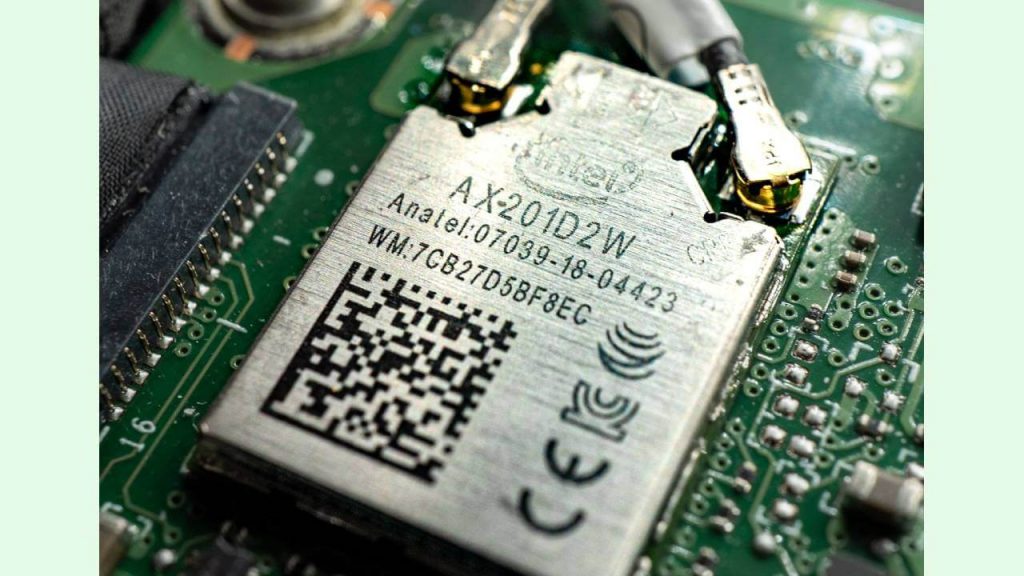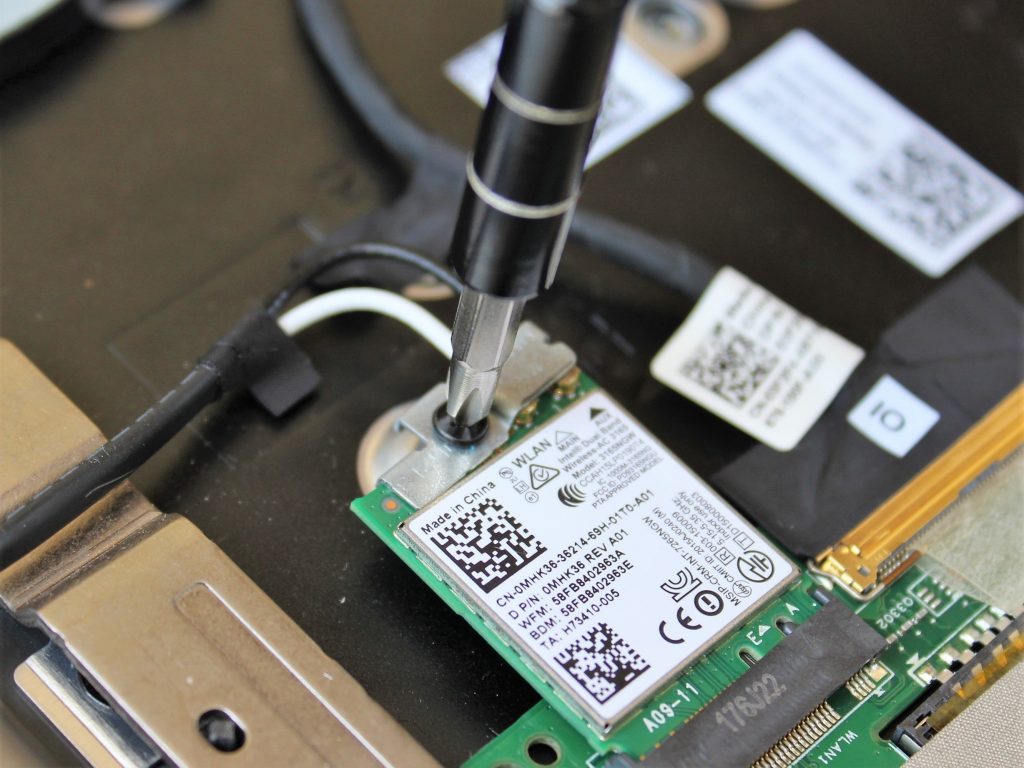With the convenience of technology, using a wired connection to use the internet seems a bit outdated. Although technology has come a long way, not all computers come with a built-in wireless networking card, even in the 21st century.
Are you still connecting your computer to the internet the old-fashioned way? You can now install a wireless networking card and ditch the cables once and for all. If you’re looking for a helpful guide on how to install a WiFi card, you’ve come to the right place. All the details are listed down below.

How to Install a WiFi Card
Installing a WiFi card isn’t straightforward, but if you follow the steps closely, you can successfully finish the task within minutes. You will need to open up the computer’s casing, find an available PCIe slot, and position the card in place. If this sounds a bit confusing, we’ve got detailed step-by-step instructions in continuation.
Shut down the computer
To be safe before starting the procedure, you must shut down the computer completely. Ensure the device is off, then unplug the power supply cable.
In addition to unplugging the electricity cable, we recommend you unplug all cables to make the next step a lot easier to complete.
Open the computer casing
After unplugging all the cables, you’ll need to open the computer casing. Depending on your computer’s make and model, this step may differ slightly.
In most cases, you’ll need to remove a couple of screws on the back of the case, allowing you to slide the side panel off. If there aren’t any screws, there should be a lever or some button that’ll unlock the side panel, allowing you to remove it.
If that doesn’t do the trick, look inside your computer’s manual, or check the manufacturer’s website for information about opening the computer.
Find an empty PCIe slot
After opening the computer case, you will have access to the motherboard. Available PCIe slots are typically located on the part of the motherboard closest to the computer’s case IO shield.
PCIe card slots come in varying sizes, so you’ll need to find one compatible with the WiFi card.
Remove the metal plate
The metal plate on the back side of the computer casing is where the antennas of the WiFi cards will go. You should remove the metal plate before continuing with the card’s installation.
Unscrew the screws that hold the metal plate in place; it should come off quickly. With the metal plate removed, make room for the PCIe card’s antennas.
Read more: What Is a WiFi Dongle?

Position the WiFi card in place
Once everything’s out of the way, you can install the WiFi card. Holding the card by its face plate, align it with the PICe slot. Make sure you’re installing the card using the correct orientation. The chips should be facing the bottom of the case, and you can also use the separation of the card and slot pins into two sets as an additional guide.
After aligning the card with the slot, you can push it in place until it is well seated.
Secure the WiFi card in place
After installing the WiFi card in place, the next thing you’ll need to do is secure it firmly. You can use the screws you’ve unscrewed when removing the metal plate to ensure that the WiFi card fits tightly.
Attach antennas
Your WiFi card will come with antennas that need to go to the back of the computer. The card should have some sort of caps, saving the place for the antennas. Remove the caps from the back of the wireless networking caps, and install the antennas that came in the package.
Close the computer casing and plug the PC
After installing the antennas in place, your work with the computer casing is done. You can now close the case and reconnect all the cables you’ve undone previously. Lastly, plug in the power supply cable, and turn the computer on.
Install software
This step will be automatically completed if you use the latest operating system version. When the computer starts, the OS will run a system scan and install drivers for the wireless networking card. If that doesn’t happen, you’ll need to manually install software or drivers, using the software that came with the package or downloading it from the manufacturer’s website.
After installing the necessary drivers, ensure they’re always up to date for the best use of your newly installed WiFi card.
WiFi Card vs. USB Wireless Adapter
Besides the regular WiFi card, you can get a WiFi card adapter neatly packed as a USB thumb drive.
The main advantage of a USB wireless adapter is the straightforward installation. Typically, all you need to do before you get up and running with a USB wireless adapter is plug the thumb drive into an available slot. USB slots are outside the computer case, so you won’t need to open the casing.
However, USB wireless adapters come with limited performance. In terms of performance, PCIe WIFi cards deliver by far better speed. USB wireless adapters are cheaper, portable, and much easier to install, but they also provide lower speed and support.
Therefore, depending on what you need and how much you’re looking to spend, you can use either a WiFi PCIe card or a portable USB wireless adapter.
Also read: How to Enable WiFi Adapter
Why you should go with a WiFi card
After learning how to install a WiFi card, you might wonder whether a wireless card is worth the trouble, especially with straightforward solutions like the USB wireless adapter. The answer is yes. A PCIe WiFi card is a much better alternative if you want a fast and stable connection.
Although the installation procedure may seem challenging, following the above steps carefully, you shouldn’t have difficulties installing the WiFi card. In return, you’ll get better performance and more incredible WiFi speed. However, if you’re not demanding, you can always go with the cheaper and more flexible version and use a USB wireless adapter.